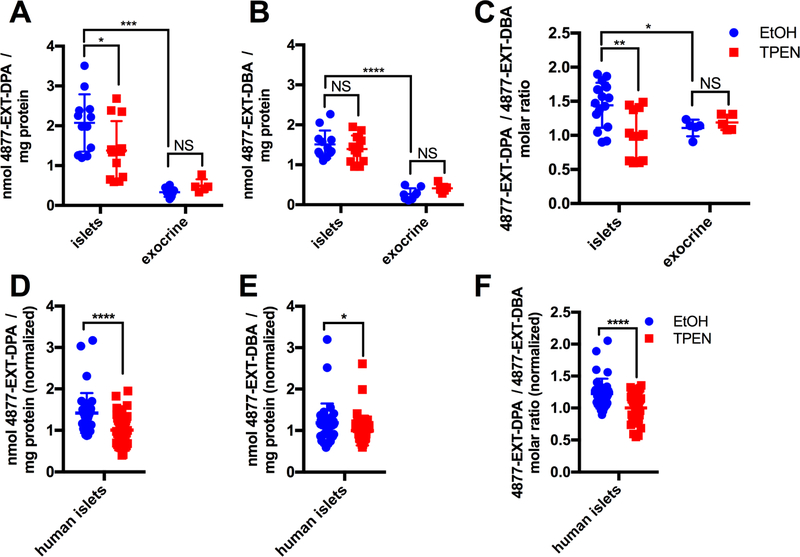Figure 4. 4877-EXT-DPA accumulates in a zinc- and cell type-dependent manner.
(A) 4877-EXT-DPA quantification (LC-MS/MS) after co-treatment of 4877-EXT-DPA and 4877-EXT-DBA (10 μM each) in mouse islets and exocrine tissue, in the absence (blue) and presence (red) of TPEN (n=8–10). (B) 4877-EXT-DBA accumulation in mouse islets and exocrine tissue, monitored simultaneously with 4877-EXT-DPA in (A), in the absence (blue) and presence (red) of TPEN (n=8–10). (C) 4877-EXT-DPA/4877-EXT-DBA ratio in the absence (blue) and presence (red) of TPEN (n=8–10). (D) 4877-EXT-DPA accumulation after co-treatment of 4877-EXT-DPA and 4877-EXT-DBA (10 μM each) in human islets from 3 donors in 3 independent experiments, in the absence (blue) and presence (red) of TPEN (n=38–42). Data are normalized to the average TPEN-treated accumulation for each experiment. (E) 4877-EXT-DBA accumulation, monitored simultaneously with 4877-EXT-DPA in (D), in the absence (blue) and presence (red) of TPEN (n=38–42). Data are normalized to the average TPEN-treated accumulation for each experiment. (F) 4877-EXT-DPA/4877-EXT-DBA molar ratio in human islets, in the absence (blue) and presence (red) of TPEN (n=38–42). Data are represented as mean ± S.D.
See also Figure S4.

